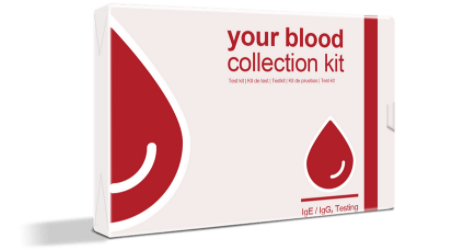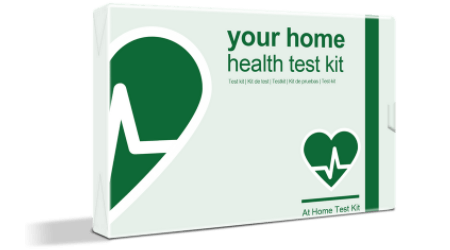It feels as though only a few people in our lives are dealing with gluten intolerance. You’ll often hear about lactose intolerance, but not usually gluten intolerance. However, it’s on the rise in our modern society, and a proper understanding of it is going to help determine whether a test is needed.
For example, there are actually two types of gluten intolerance to know about. There is coeliac gluten intolerance (AKA coeliac disease) and non-coeliac gluten intolerance. The latter option is much more popular than the former one.
Coeliac gluten intolerance, also known as coeliac disease, is when gluten products are attacked by the body’s immune system. In the process of this attack, the stomach lining is seriously damaged, creating a lot of discomfort and potential long-term damage to the stomach itself. This can cause digestion problems down the road as well as difficulties in absorbing proper nutrition from food.
Non-coeliac gluten intolerance is when the body has a similar reaction to gluten-containing foods that result in stomach upset and other symptoms. However, this does not cause damage to the stomach lining itself.
Both of these conditions can be serious for someone’s health, especially if it is unclear which condition it is. While both will make you uncomfortable, coeliac gluten intolerance can also cause serious damage to your stomach and digestive health long-term.
How to test for gluten intolerance
The testing process for coeliac gluten intolerance and non-coeliac gluten intolerance differs as much as both of these conditions do. Here’s what you should know about the testing process:
• Testing for coeliac gluten intolerance: When it comes to this test, the first step is to start eating a diet containing gluten. When on that diet, the most sensitive and non-invasive test is called the tTG-IgA test. This test is designed to identify those who have the disease correctly. If this blood test reveals that tTG-IgA antibodies are reacting to gluten as expected, it means that the person does have a celiac gluten intolerance.
• Testing for non-coeliac gluten intolerance: The testing for non-coeliac gluten intolerance is most often done through a blood sample as well. This one measures similar antibodies in the blood and how they react to gluten in a lab. This one doesn’t require for you to be on a gluten-containing diet, as the test is done outside of your body in a lab. Gluten intolerance testing can also be done through a hair sample, too, and is also tested in a lab using bio-resonance testing and technology to determine whether or not you’re intolerant to gluten.
While how to test for gluten intolerance looks similar when it comes down to the details (relying on antibodies present in the blood), the test itself is unique to coeliac or non-coeliac gluten intolerance. Since both can impact the body differently, it’s important that you are getting the right results for the intolerance that you have. Coeliac gluten intolerance is considered to be rarer than the other, but if you are suffering from serious reactions to gluten, it’s best to get the more serious one ruled out first.


